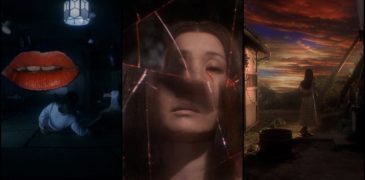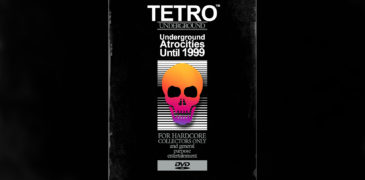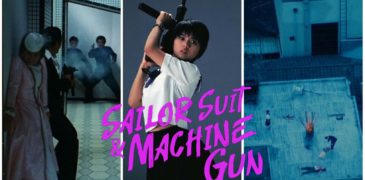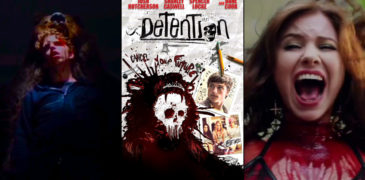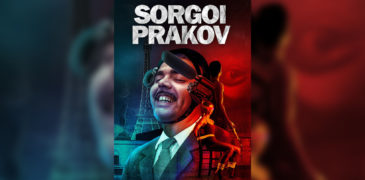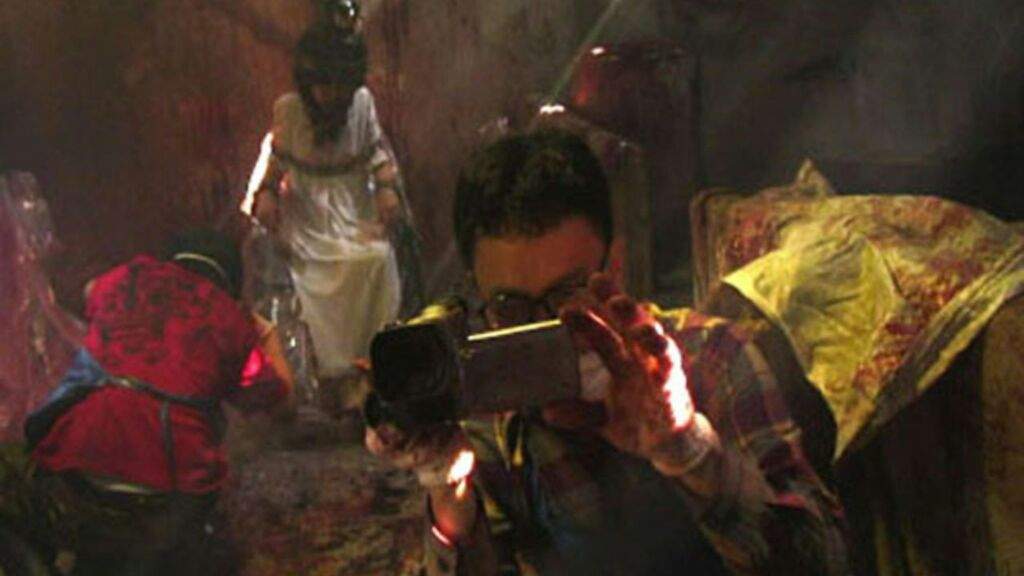
Discussions on snuff films will always include the controversial Japanese horror series Guinea Pig, which garnered a cult trailing that even prompted an FBI investigation after its release. However, other horror films occupying the same premise are either overlooked or unseen due to lack of audience regard or distribution. One of them is Kim Jin-won’s 2008 horror The Butcher.
It has the repugnant, loathsome appeal of a fake snuff film, including the found footage treatment, which is certainly fitting since the underground ‘torture film’ shot inside the film is to be released to those who fancy torture exploits. The premise might be familiar to a few who dared to explore this horror subgenre as it is reminiscent of another disregarded splatter faux snuff film by Tamakichi Anaru titled A Tumbling Doll of Flesh. However, Jin-won succeeded in stepping up the torture porn game by imagining a layered experience that others failed to deliver.

The film is simple, and those who already watched those films mentioned might find the story utterly familiar. In this film, a trio of sadist snuff film creators works on a new underground feature in a deserted abattoir. They have four victims, each with a makeshift camera attached helmet on their heads as part of the filmmaker’s idea of an interactive appearance for his sadistic picture. The idea of having two camera perspectives is completely ingenious as the snuff director intends to provide a two-way encounter uncompromised by a single, limited panorama. Their use of the camera is one of my favorite reimaginings of the found footage genre because it deviated from the trope that the ordeal would only revolve around the vista of the oppressor.
The presence of another camera, especially from the distressed perspective, is a refreshing approach that suspends or intensifies the experience. The use of the camera lets us measure the incomparable power structure existing between the tormentor and the tormented, allowing us to sympathize rather than solely relish the unrelenting splatters and gore. As the film within the film proposes to deliver a first-person experience of the recorded torture, the existence of two cameras did not feel compelled at all.

There is no room for dull moments because the perspectives we see fluctuates from time to time. A truly vexing element in the found footage genre is that the characters seem to record relentlessly. The constant documentation, in a way, is justified by the existence of the victim’s camera. The first scenes jump from the perspective of the butcher to the kidnapped. The variations of viewpoint provide the dodgy, sinister ambiance that would linger and intensify throughout the film. When we watch from the view of the killers, we sense a minacious air and security, as if we are safe from being earmarked for their murderous schemes. Then, the mood shifts when we finally see from the oppressed eyes. We might not see the carnage as a whole, but we become sufferers of the sinister plots. This perspective helps us commiserate with the tormented individuals. We might not feel what they are feeling, but we relate to their feeling of claustrophobia, incarceration, hopelessness, and desperation.
When the sexual onslaught and uncompromised bloodshed finally commenced, the story stirred from being a mere blood spectacle to unforeseen psychological warfare. The film swiftly distinguishes itself from others of the same genre when the final couple of the film is finally situated in the torture room. Concentrating the story on the internal struggle of the victims makes the tortures more unbearable and gut-churning. Hearing the desperate decisions of the tortured man during the ordeal makes us reflect on ourselves and question our sanity if we ever are pressed into a circumstance like his.
The thrill from the immediate shift of tone is the calculated payoff from the scheme plotted by Kim Jin-won. We enter his chambers of horror unoriented and later become profoundly immersed with the characters. Although the emotional stake only developed during the latter half of the film, the brimming pressure and adrenaline during the first and second escape of the man instantly heighten our concern with him. It is as if we are given a second and third chance of life, and we do not have the luxury to waste a minute of it.
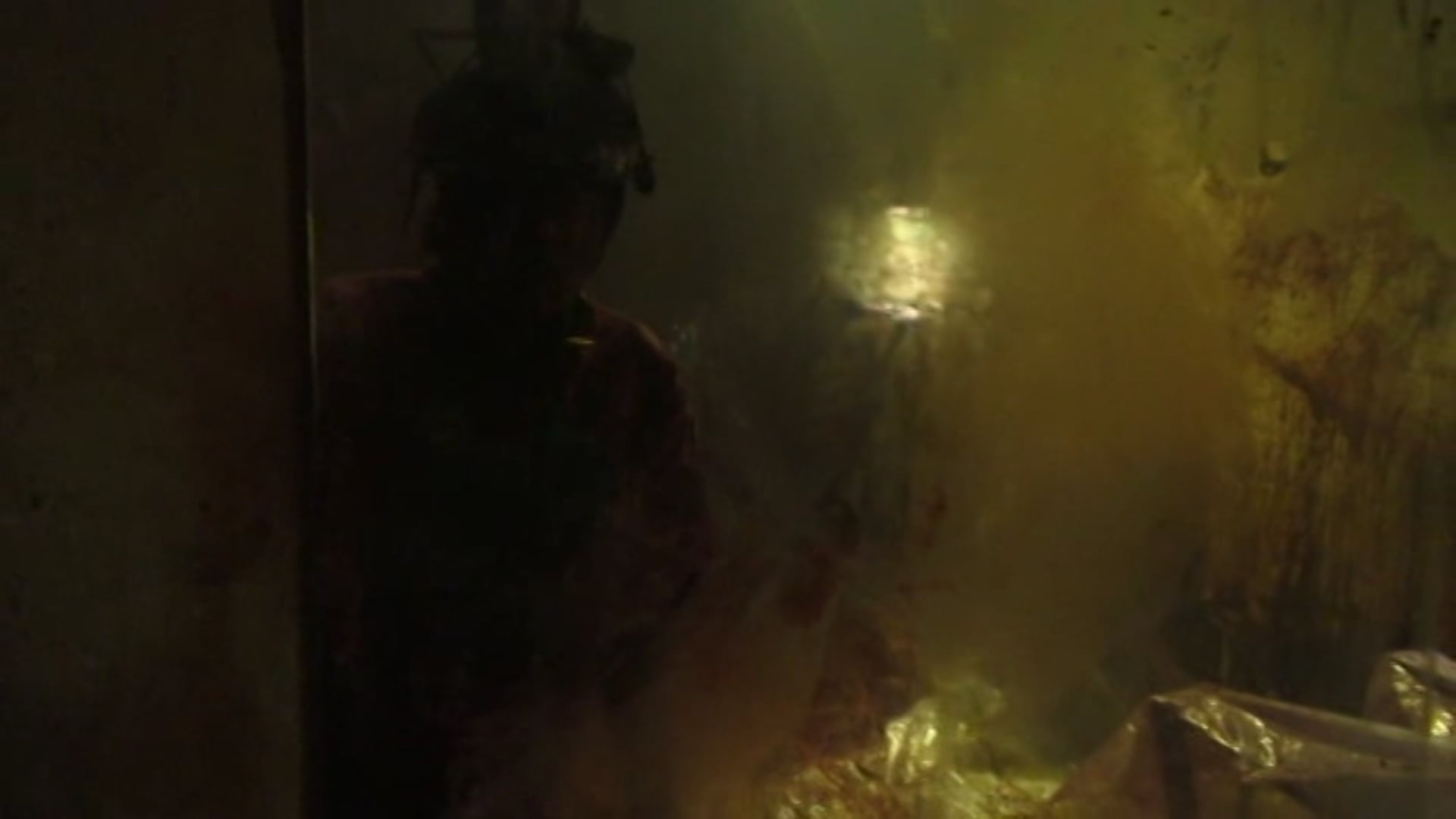
The film has enough barbarism in it, catered by the sadistic butchers and their twisted states. Every moment is packed with tremendous anxiety, for their minds are truly unpredictable and monstrous. There are also digs of dark humor from time to time that captured its underlying satirical premise about the film industry. If you can endure it until the actual story chimes in, you might encounter a visceral, authentic cinematic experience, even if you do not recognize films like this as cinema.
More Film Reviews
Minore is a 2023 Greek sci-fi horror comedy, written and directed by Konstantinos Koutsoliotas, with additional writing from Elizabeth E. Schuch. Although mostly known as a visual effects artist who… Nobuhiko Obayashi’s House (1977) is memorable as a haunted house movie that defines itself through a whimsical absurdity forming a reality independent from any conventional filmmaking. It presents a cartoonish… Mas Carnaza is a 1997 Spanish splatter horror short, written and directed by Sergio Blasco. No stranger behind the camera, Sergio is known for also writing and directing the shorts… To say that Shinji Sômai is one of the greats of cinema is an understatement. He is quoted as describing his directing philosophy as “humanity observing humanity,” his approach was… Imagine if, in the early 1980s, nascent film directors John Hughes and Wes Craven met up with venerable science fiction author Ray Bradbury at a Northern California artist’s retreat. There,… Sorgoi Prakov (also known as Descent into Darkness, My European Nightmare) is a 2013 French found-footage horror film written and directed by Rafaël Cherkaski, with additional writing from Quentin Boeton and…Minore (2023) Film Review – Greek Sci-fi Horror [FrightFest]
House (1977) Film Review – Nobuhiko Obayashi’s Horror Comedy With Family Tones
Mas Carnaza (1997) Film Review – Mass Carnage
Sailor Suit & Machine Gun (1981) Film Review – Carry On My Wayward Gun
Detention (2011) Film Review – Never Going Back to My Old School
Sorgoi Prakov (2013) Film Review – Dare I Live the European Dream?
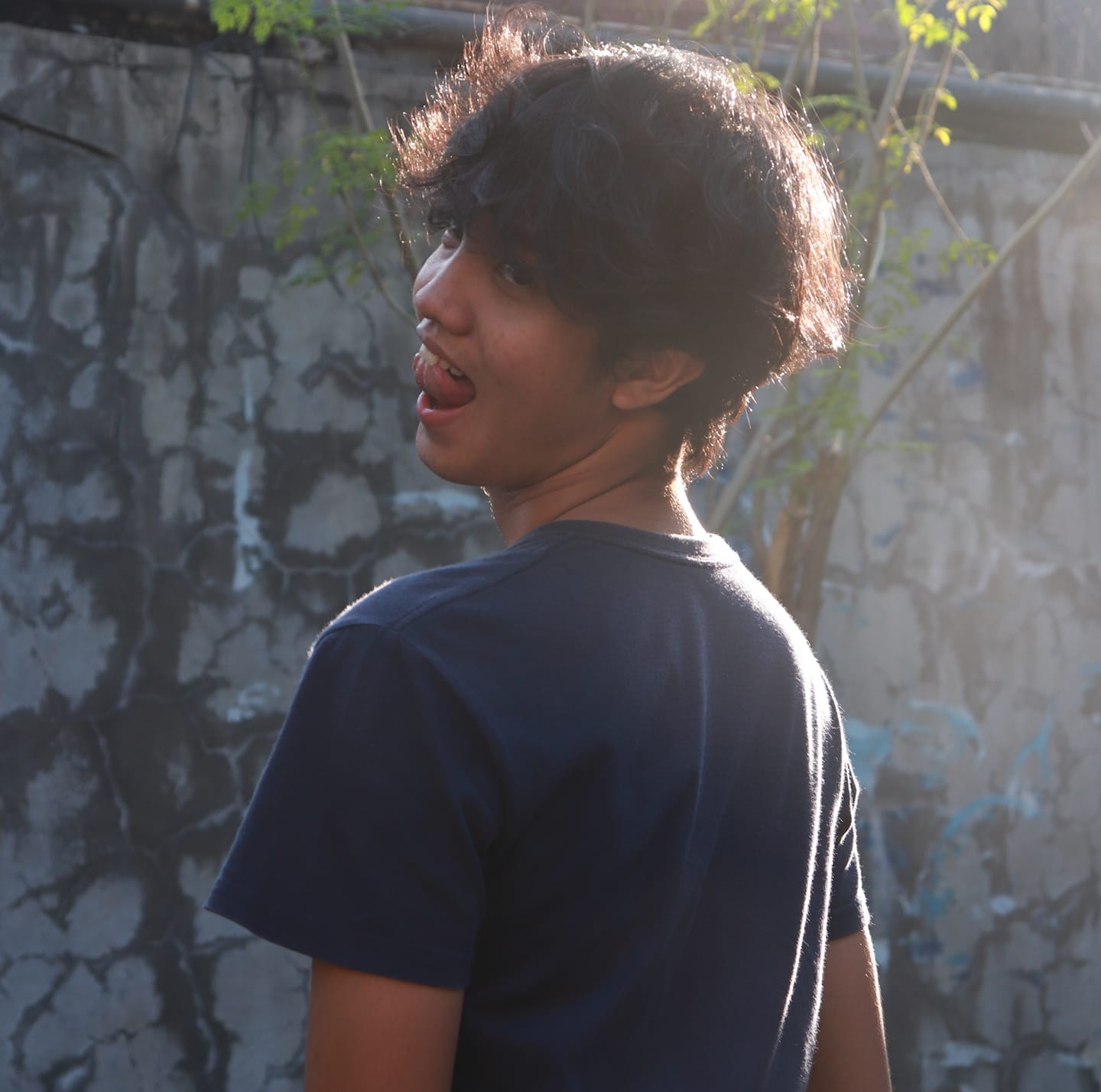
I am a 4th year Journalism student from the Polytechnic University of the Philipines and an aspiring Filmmaker. I fancy found footage, home invasions, and gore films. Randomly unearthing good films is my third favorite thing in life. The second and first are suspending disbelief and dozing off.
![Minore (2023) Film Review – Greek Sci-fi Horror [FrightFest]](https://www.grimoireofhorror.com/wp-content/uploads/2023/08/Minore-202310-365x180.jpg)
